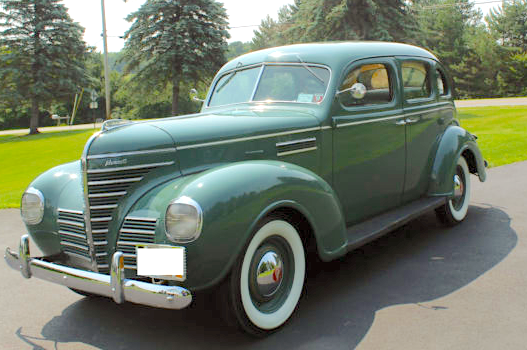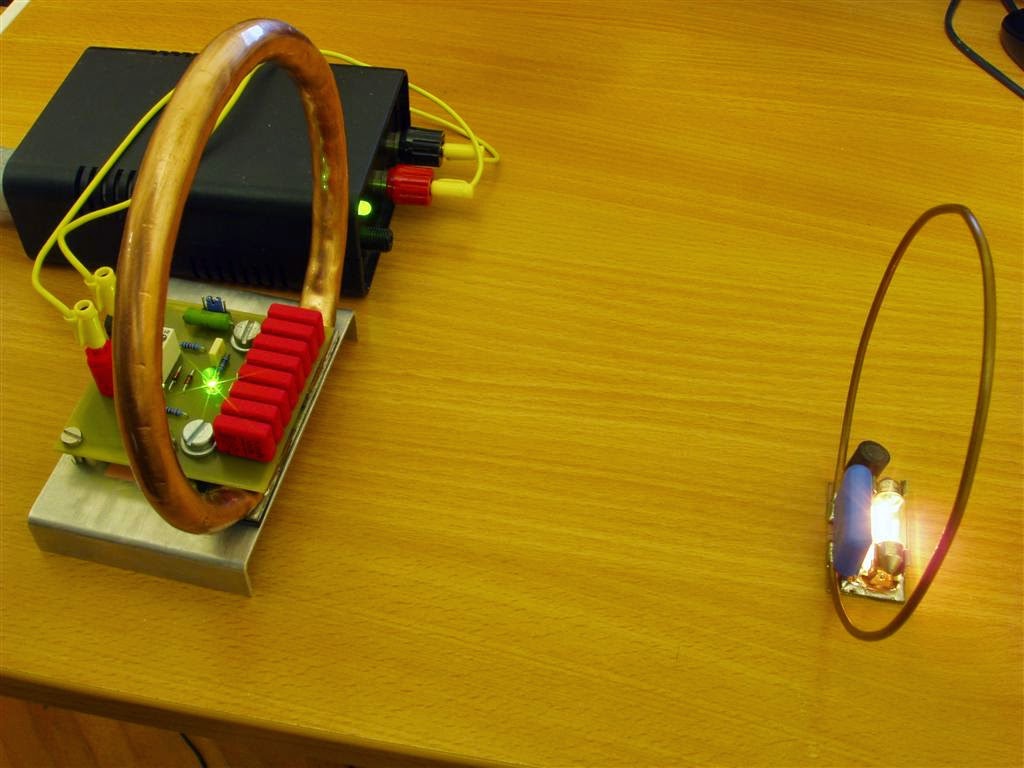Studebaker's New 1939 Champion Model
The Studebaker Champion featured in the advertisement above debuted for the 1939 model year. Its Wikipedia entry is here, and mentions that styling was done under the supervision of Raymond Loewy.
The Champion was designed with the goal of being a light-weight car in the main American entry-level marketplace. Here are some statistical comparisons. Its wheelbase was 110 inches (2794 mm), whereas Chevrolets and Fords had wheelbases of around 112 inches (2845 mm), and Plymouth wheelbases were longer yet by about the same margin.
A four-door Champion weighed about 2300 pounds (1035 kg), while Ford, Plymouth and Chevy four-doors weighed in the neighborhood of 2850 pounds (1282 kg). Champion motors had the least horsepower (78) while the others were Chevrolet (85), Plymouth (82 or 86), and Ford (60 or 80, 80 being the norm). Ratios of pounds per horsepower are: Champion (29.5), Chevrolet (32.9), Plymouth 86 (33.7). The Willys Overland, in the next smaller size class, had 2300/48 = 47.9. Therefore, setting aside other factors such as gear ratios, the lightweight car with the weakest engine, the Champion, was the peppiest of the lot.
Below are images of Studebaker Champion models along with those of four-door sedans of the competitors named above. Unless noted the photos are factory-sourced or are of for-sale cars.
1939 Studebaker Champion Club Sedan
"Club Sedan" was Studebaker's term for a two-door sedan.
1939 Studebaker Champion Coupe
1939 Studebaker Champion Cruising Sedan
Champion four-door sedans were six-window affairs whose main bodies were late-1930s-themed rather than what GM, Ford and Chrysler would be introducing for 1940.
1939 Studebaker Champion DeLuxe Cruising Sedan
The most modern element was the front end. Headlights are mounted in the fenders, and the grille profile is more horizontal than vertical. a fashion started by the 1938 Lincoln Zephyr.
1939 Studebaker Champion DeLuxe Cruising Sedan
The trunk is integrated with the main body, and not an obvious add-on. Nevertheless, the Champion -- a brand new model -- looks a bit dated from this perspective.
The Competition
1939 Chevrolet Master Deluxe, Mecum Auctions photo
As for the competition, it too mostly seemed dated because their bodies entered production a year or more before. And all the cars dealt with here, Champions included aside from the Willys, had six-window configurations and rear doors hinged on C-pillars. Chevy's freestanding headlights were a regressive styling feature.
1939 Ford De Luxe Fordor
Ford four-door sedans featured a stubby form of fastback styling. That, and the restyled front ends, gave them the most "modern" appearance.
1939 Plymouth
The body was a few model years old, but the forward part starting from the V's windshield was new for '39 -- a major facelift.
1939 Willys Overland
As mentioned, the Willys was in a somewhat unique, even-lower entry class than the mainstream brands dealt with above. As such, it was only marginally competitive with the Champion and its sales were far less.












Comments
Post a Comment